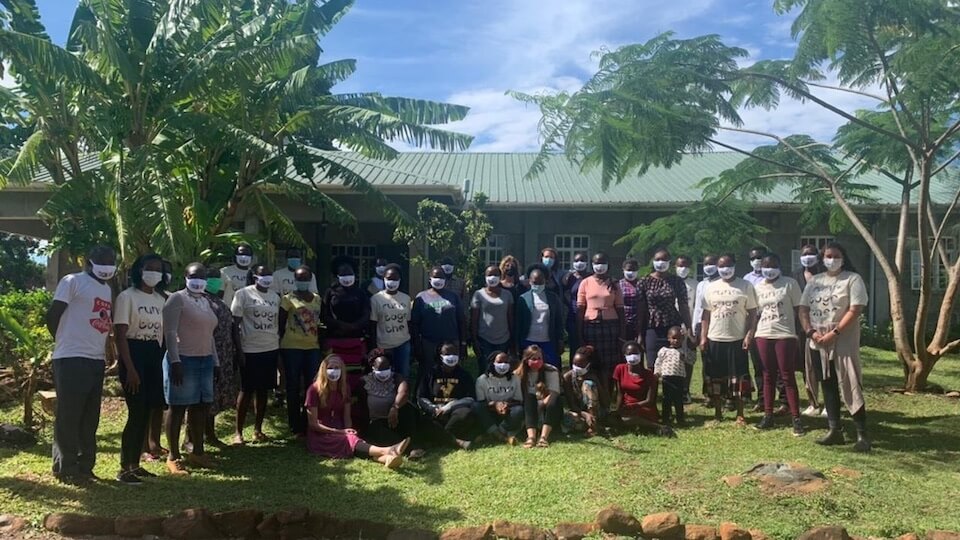Tips and Resources
Repairing Ruptures

Disconnection in relationships is inevitable, causing a rupture or a break in a relationship. What truly matters when this happens is that we, the adult or the care provider, take the first steps to repair the relationship.
According to Dr. Dan Siegel, understanding and awareness alone can’t prevent disruptions from occurring with our family members, children, colleagues, and especially those we care for who have endured trauma. Dr. Siegel emphasizes that the challenge we all share is to embrace our humanity with humor and patience so that we can relate to others with openness and kindness (Siegel and Hartzel, 2018).
Sometimes ruptures occur because we make mistakes by reacting instead of responding. Other times, the rupture is caused by the other person, but we take it personally and allow it to disrupt our connection. In some cases, we respond well, yet the other person still chooses to disconnect.
Interestingly, research shows that the part of our brain responsible for encoding physical pain is the same part that processes rejection and disconnection (Eisenberger & Lieberman, 2004). This means that disconnection is registered in our brain as a painful experience. Many of the people we work with have endured multiple relationships that were never repaired. This is a lot of pain. And, we have the opportunity to change that by showing them something new.
The Power of Repair
Repairing a relationship requires humility and mindfulness of our own behavior. It requires us to take the first step toward someone who has hurt us. Modeling humility and demonstrating the value of a connected relationship is powerful.
In our training, we regularly discuss how brain development is relationship-dependent. When we apologize or pursue reconciliation—even when the other person has not apologized—we are not only setting a really important example but also putting the relationship first. In this connected interaction, positive neurochemicals are released in both of our brains, facilitating new neurological growth and stronger relational bonds.
Steps to Repairing a Rupture
- Calm yourself first
- Reflect on Your Response
- A dysregulated adult cannot regulate a dysregulated child.
- Pause, hydrate, breathe deeply (Inhale 4s, hold 8s, exhale 8s).
- Seek Wisdom
- Pray for wisdom and discernment.
- Talk about it with a safe, trusted person.
- Initiate Reconnection
- Wait until you are both calm and ask for a calm conversation.
- Place yourself at the other person’s eye level, and if possible, look directly at each other. (Some teenagers feel safer sitting or walking looking forward.)
- If appropriate, ask for permission to touch the other person.
- Verbally affirm your feelings for the other person.
- “I love you,” or “I care about you (depending on the relationship)”. “I am with you and I am for you. I am not going to leave you or kick you out. I am committed to caring for you. We are together in this.”
- Acknowledge the Disconnection and the Desire to Reconnect
- “We had a disagreement, and I would like to talk it through with you.”
- Use Active Listening
- Listen to their side of the story and validate their perspective. You can validate what someone has said without agreeing with what they say and without becoming defensive.
- Ask how your response made them feel.
- Reflect back: “When I said/did ____ , you felt ___.” This emphasizes that they are important to you, their words carry value, and their feelings matter to you.
- Validate their feelings using these two sentence starters
- “It makes sense that you felt ____, when I ____ because _____.”
- “I can imagine you also may have felt ____ because ____.”
- Thank them for sharing.
- Take Responsibility and Apologize
- Own your part: “I got frustrated at the situation and started yelling. That made the situation worse. You felt scared, and we both felt disconnected from each other.”
- Apologize for your behavior by being specific with no ‘buts.’ “I am sorry that I responded the way I did by _____.” A true apology fully owns the impact on the other person.
- Share Your Perspective
- Ask for permission to explain your perspective in a way that keeps the issue separate from the relationship. “Here’s what I think happened. I started to feel ___, and then I ____.”
- Practice Redoing the Situation
- Redo the situation with better responses from both parties.
- Intentionally Build Connection
- Discuss what each person needs to feel reconnected
- Use ‘Connecting Principles’ from Module 5 to rebuild connection
- Eye contact
- Healthy touch
- Praise
- Intentional play together
- Individual attention
Healing happens through connection, and the closer the bond, the better the outcome for our children. As our connection strengthens, we witness improved behavior and enhanced social skills in interactions with others. (Kong & Yasmin, 2022.)

